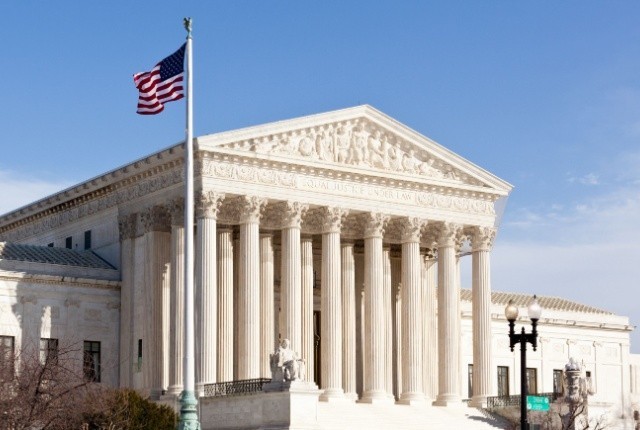Insolvency

Who gets paid first when a company goes into liquidation?
A preferential or preferred creditor reserves the right to first payment during an insolvent liquidation, as laid down by the Insolvency Act.

FCA Regulated Firm – Wind-Down Plan: Insolvency
Begbies Traynor is a specialist in providing advisory, insolvency and restructuring advice to FCA regulated firms and businesses within the financial services sector.

Can a company CCJ affect me personally?
A County Court Judgment (CCJ) could affect your personal borrowing ability and if left unpaid, a creditor could petition to wind up your company.

What is a HMRC Time To Pay (TTP) Arrangement?
A Time To Pay arrangement is a way of spreading your company tax arrears over a longer period of time in a more affordable way. An agreement is reached between the business and HMRC in an attempt to provide some breathing space to the business and allow cash flow to improve.

Understanding HMRC Distraint Orders and Notice of Enforcement
If your company owes money to HMRC or another creditor and you have been unable to settle the debt, they may take out a Distraint Order against your company. This involves the seizure of goods to the value of the debt, plus the fees for enforcement action.

What is a Statement of Affairs (SOA) during a corporate insolvency procedure?
A Statement of Affairs is a document detailing a company’s assets & liabilities.We outline the Statement of Affairs during a Corporate Insolvency procedure.

What is a Notice of Intention (NOI) to appoint administrators?
A Notice of Intention to appoint an administrator will halt any legal action from creditors, giving you time to rescue the business from liquidation.

What happens when a limited company goes bankrupt?
When a limited company goes 'bankrupt', the correct term is 'insolvent' which means there is insufficient cash available to pay the bills as they become due.

Assistance for Creditors with Retention of Title (ROT) Claims in Insolvency
A Retention of Title (ROT) clause often forms part of a written contract between the supplier and their purchaser, and is likely to have been discussed at some point during negotiation. Retention of Title deals with the legal ownership of goods prior to full payment being made.

A-Z of Offshore Insolvency, C is for Chapter 11
A serialised guide to some concepts and features encountered in the world of offshore insolvency

A-Z of Offshore Insolvency, B is for Bonds
Bonds are essentially IOUs issued by companies or governments to raise capital: investors buy bonds from the issuer company, becoming creditors who then receive periodic interest payments. The principal amount is returned when the bond matures.

A-Z of Offshore Insolvency, A is for Agents
Agents, and, more specifically, Registered Agents are the topic of the first article in this series.

Can a UK company remove a County Court Judgment?
Removing a County Court Judgment (CCJ), also known as having a CCJ set aside, can be done under specific circumstances but taking early action is key.

What is a Restructuring Plan for UK companies?
Restructuring plans are the latest addition to the corporate insolvency sphere, allowing a company to enter into a "compromise or arrangement" with creditors.


